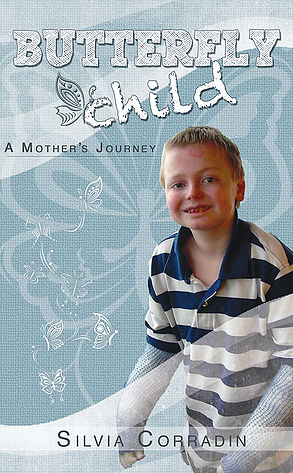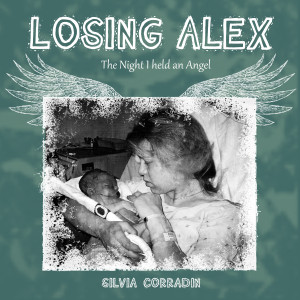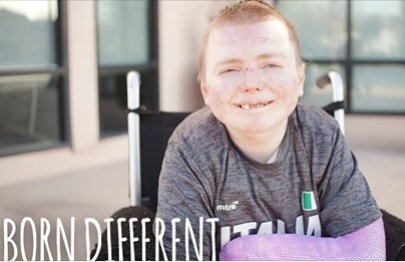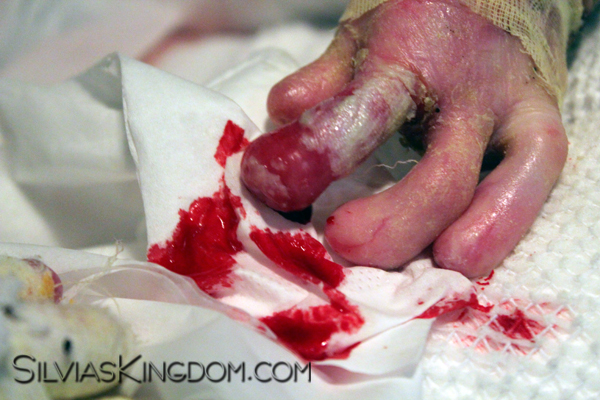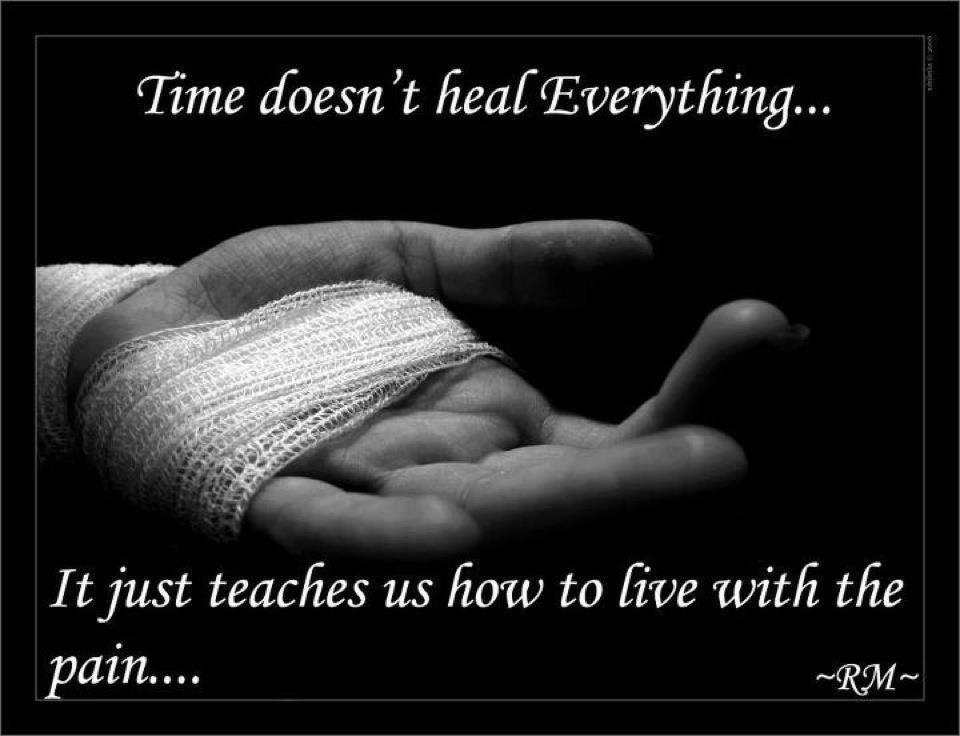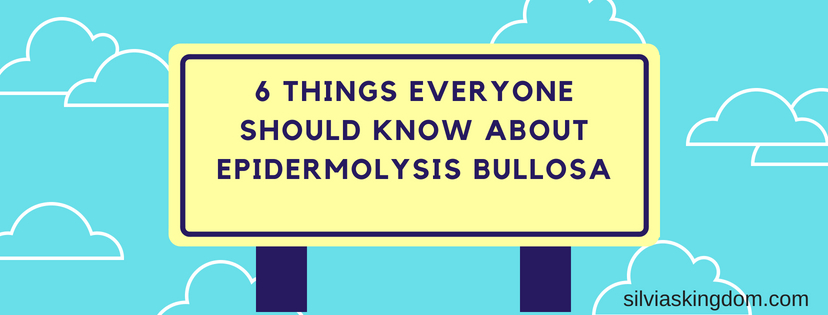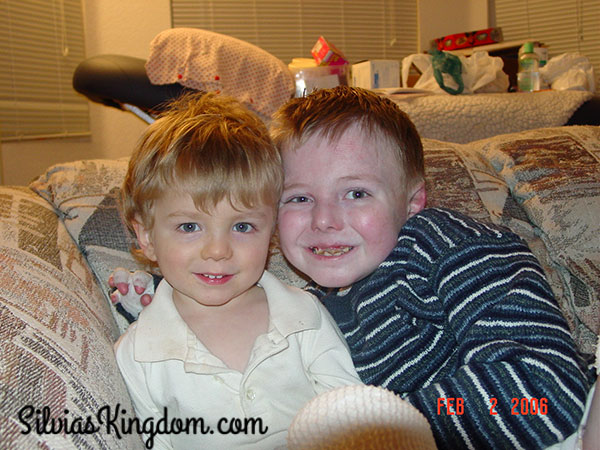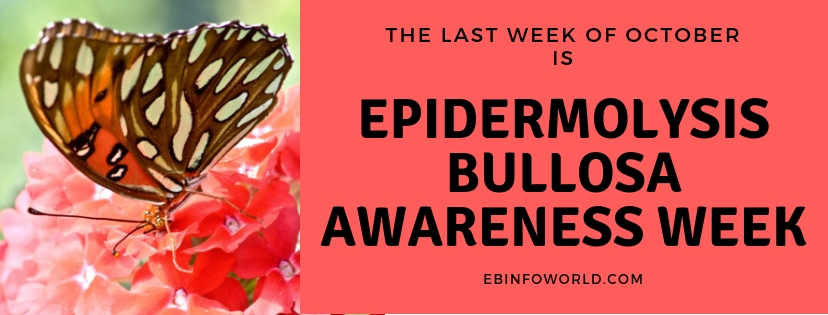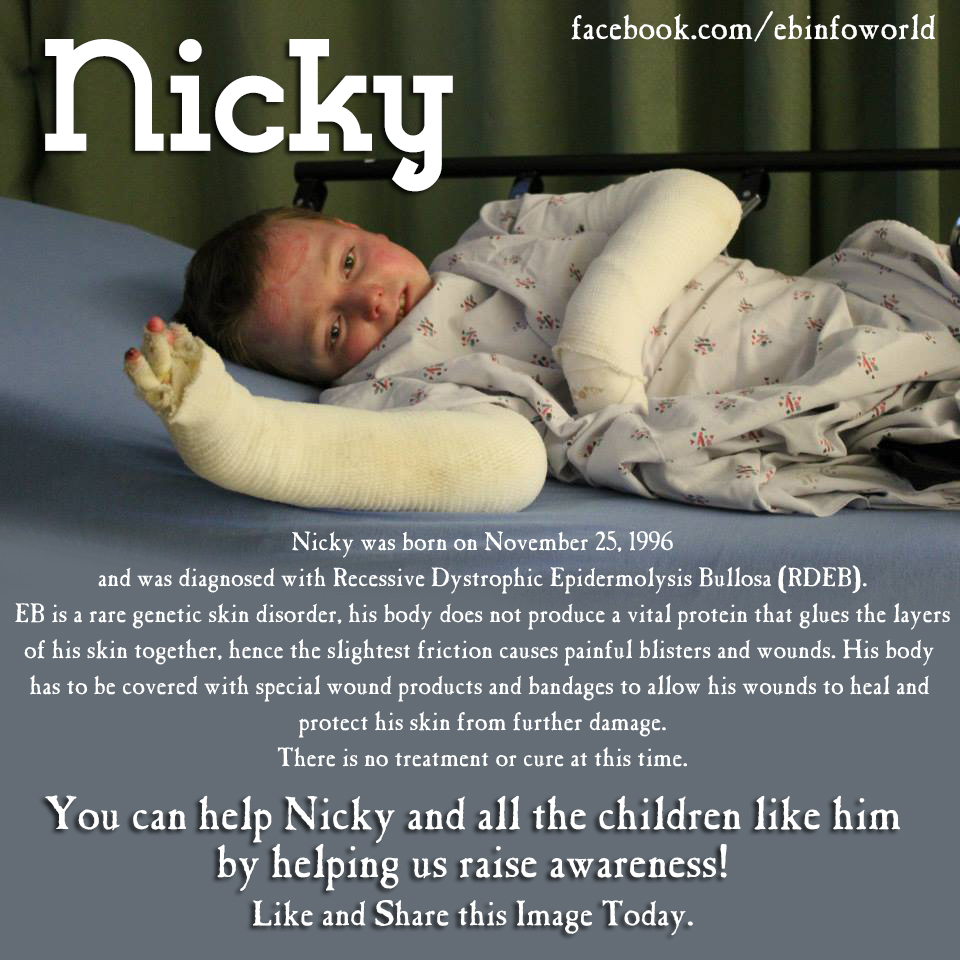Ever since the photographer started taking photos of Nicky for her/our photo-documentary about living with EB, a lot of questions about his health have surfaced-I will try to answer them here to the best of my ability.
1. Is his condition considered ‘lethal’.
Nicky was diagnosed at birth with Epidermolysis Bullosa, a biopsy was then taken and the result was a diagnose of his sub-type, which is ‘Recessive Dystrophic’.
Of the currently known types of EB, only two are considered lethal per se:
Junctional (Herlitz form) is deadly to the newborn and young. It involves the insides; small intestines, gallbladder, urethra and kidneys along with the nasal, oral, pharynx, esophagus, etc… These babies commonly pass away within a few weeks of birth, some for a few months, rarely to adolescence.
Recessive Dystrophic EB is the other. There are some variants in this form, it can be very mild and extremely severe, but most scar and mitten in. These children’s lives can be taken by infections, Anemia and Skin Cancer. RDEB patients live a painful life that can range from 0-30+ years in most cases, although there have been patients that have lived longer. Some with the very mild version live normal lives and have a normal life span.
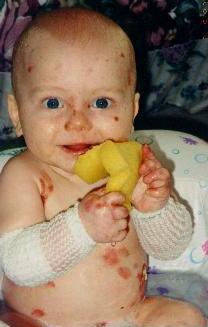 Yes, other forms of EB ‘can’ be lethal too, but not by definition, as in the vast majority of cases the patient has a normal lifespan. Some old textbooks and Doctors will say that babies born with a rather severe form of EB Simplex called Dowling Meara have a 25% chance of dying their first year of life, but the validity of that statement has become questionable in recent years due to advances of antibiotics and wound care. The National EB Registry lists EBS-DM patients as having only a 1.44% chance of dying at any age.
Yes, other forms of EB ‘can’ be lethal too, but not by definition, as in the vast majority of cases the patient has a normal lifespan. Some old textbooks and Doctors will say that babies born with a rather severe form of EB Simplex called Dowling Meara have a 25% chance of dying their first year of life, but the validity of that statement has become questionable in recent years due to advances of antibiotics and wound care. The National EB Registry lists EBS-DM patients as having only a 1.44% chance of dying at any age.
In the instance of Cancer… according to a study done by UNC Medical School, up to age 40, there are virtually NO instances of SCC (Squamous Cell Carcinoma) for EB patients unless they have RDEB. RDEB patients have a 6% chance of getting SCC at 20 years of age, 21% chance at 25 years of age, nearly 40% at 30 and 53% at 35. Even at 60 years of age, Junctional patients have never been reported statistically as getting SCC at all, simplex patients only have a minute chance of getting SCC, barely over 1%, DDEB patients almost 4% at 60 years age, but, in contrast, a 76% chance for RDEB patients.
As far as Malignant Melanoma, this is actually fairly rare to get, barely 1-2% by 55 years of age with all forms of EB except for Junctional, with a 0% instance.
For Basal Cell Carcinoma, they state that by 40 years of age <1% of all patients with EB simplex and DDEB have experienced a BCC, higher with RDEB, with 4%
2. Does Nicky know about the severity (lethality) of his condition?
Yes. He’s 16 years old, so I give him a lot of credit for thinking and rationalizing things. He’s seen his friends with EB die, so he’s acutely aware of what he’s dealing with. HOWEVER, neither he, nor I, think about this much to be honest. He’s doing OK and is happy despite the pain and limitations he has. One thing that I’ve done over the years is finding out the reason why other RDEB patients died and try my absolute best to avoid or prevent whatever problem they might have encountered.
At this point, Nicky is stable. He has a g-tube to regulate his nutrition so his internal organs won’t suffer. He gets regular iron/blood infusions to regulate his anemia. I keep a keen close eye on his wounds to keep infections at bay. I also know what to look for as far as skin cancer goes. If there is anything even remotely suspicious I take a high quality photograph and send it to the doctor. I inquired at length to the various experts on what to look for, and know that skin cancer will ONLY appear in existing wounds, so my goal is to always have Nicky wound free-this is why I wrap him so much and protect his skin as much as I do. If he continues the way he does, he will be fine for the foreseeable future. We live in hope because there are so many great doctors working on so many wonderful treatments which will be available within the next few years, so our goal is to keep Nicky as healthy as humanly possible until then. Keeping Nicky happy is always of my utmost priority-I’ve seen too many kids ‘give up’ on life because it was too painful. I just cannot have that happen to Nicky… EVER.
3. Why does he have to go to CHLA (Children Hospital Los Angeles)? Aren’t there local doctors?
That’s the problem with dealing with a rare, orphan disorder. Nobody knows squat. Nicky didn’t have a dermatologist for years because I knew more than they did. What’s the point? How upsetting is it to pay a co-pay to educate Doctors? Ugh. For years the only place I could go was Stanford, which is not exactly close, a 6 hour drive for us, and the insurance would throw a cow every-time making us wait months and months for a referral. Then in 2004 I went to the EB conference and lo and behold, a hematologist out of CHLA took an interest in EB. CHLA is about an hour and a half drive for us, but he coordinates just about every other EB related need for us, from hand surgeries to hydrotherapy etc, so that’s where we go, and we’re happy we don’t have to drive further.
4. Why is he bandaged so much?
That’s a question I’ve got endless times over the years from everyone… I’ve been ridiculed by doctors, nurses, other parents, and EB patients. Let me tell you something that might come as a shock: I *HATE* bandaging Nicky. This is not ‘bonding’ time, not something either of us looks forward to. Ever. I not only *hate* it, I detest it, despise it, abhor it, loathe it. If we do it is because… guess what? We *have* to. That is the plain and simple truth.
In the past 16 years we tried every which way to “deal” with Nicky’s wounds, we bandaged, not bandaged, bandaged one way or the other, tried a million different products, we did ‘light’ bandaging, and we did ‘heavy’ bandaging. Some parts of Nicky’s body are not bandaged at all, they seem to do fine. Others only require light bandaging. Some other parts require really heavy bandaging or only ‘certain’ products seem to make a difference on them. I know Nicky’s body better than I know my own. I’ve had to meticulously protect it and watch it every single day of his life. Please allow me the respect to know what I am doing. Thank You.
5. Why don’t you have a PPO instead of an HMO? This way there will be no delays or denials.
PPOs are great for people who have the money and want to have more freedom in their healthcare choices. However, if you are a person with many health issues that require extensive tests or treatment, surgeries and need many specialists, while this plan gives you a better choice and fewer restrictions, be ready to spend a LOT of money, since PPOs only pay 80% of the bill. Most people are not aware of how truly expensive Health Care is in the United States. Needing to pay 20% of a big bill can mean financial disaster. Let me give you some examples that directly relate to Nicky’s care. Nicky’s ‘bandages’ bill alone is somewhere in the neighborhood of $6-8,000 every month. 20% of that bill would be $1,500 to $2,000. That’s every single month. Nicky has iron infusions twice a month, which cost somewhere in the $600 range each. 20% of $1,200 is $240. He also gets labs every month, at $500 a pop. 20% of that $100. Right now we have an ongoing cost of at least $1,840 every single month. Can a middle class person afford that? Hardly. That’s just the tip of the iceberg too. Let’s then add the cost of all the different Doctors he sees, from the physical therapist, the bone density scan and the Doctor that deals with those, and let’s not forget that every 18 months or so Nicky needs a throat dilatation, which, last time I saw a bill, cost the insurance $23,000. Let’s see… 20% of that would be $4,600. Nicky’s last hand surgery’s bill was $33,000, of which the 20% is $6,600. Honestly… I could go an on. Do you see now how our family, or any family with a “moderate to severe” RDEB child, cannot afford a PPO? We learned long ago that we have no choice but deal with the HMOs and the denials and delays associated with it. If we strike it rich in the lottery, we might change it to a PPO. Maybe.
…as more questions arise I will update this post. THANK YOU!


